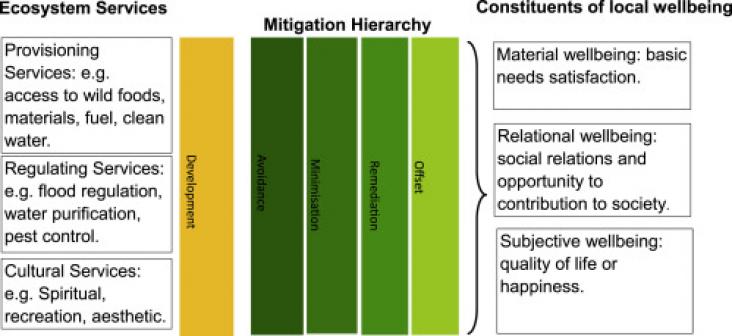Economic development projects are increasingly applying the mitigation hierarchy to achieve No Net Loss, or even a Net Gain, of biodiversity.

Economic development projects are increasingly applying the mitigation hierarchy to achieve No Net Loss, or even a Net Gain, of biodiversity.
This book chapter addresses goals 13, 14, and 15 by focusing on how changing environmental temperatures affect species adaptation.
Conservation of biodiversity and ecosystem services in natural environments requires careful management choices.
The no-tillage system combining winter cover crops and crop rotation may increase the efficiency use of soil P and phosphate fertilizer.
Soils host the vast majority of life on Earth including microorganisms and animals, and supporting all terrestrial vegetation.
Conservation of biodiversity and ecosystem services in natural environments requires careful management choices.

Conservation of biodiversity and ecosystem services in natural environments requires careful management choices.
Background: Synthetic biology is an emerging multidisciplinary area of research with the potential to deliver various novel agrifood applications.
This chapter analyses the complex influence of climate change on vector borne diseases. It is perhaps expected that climate change will be invoked as a major driving force. The actual effect, however, is highly site specific suggesting that other factors play an equally important role.
